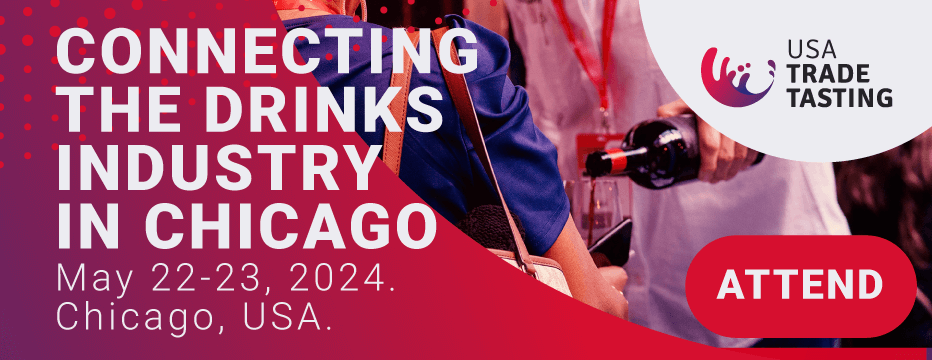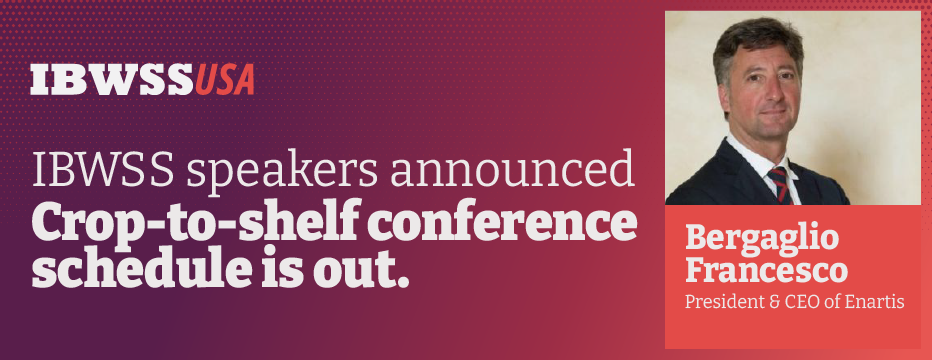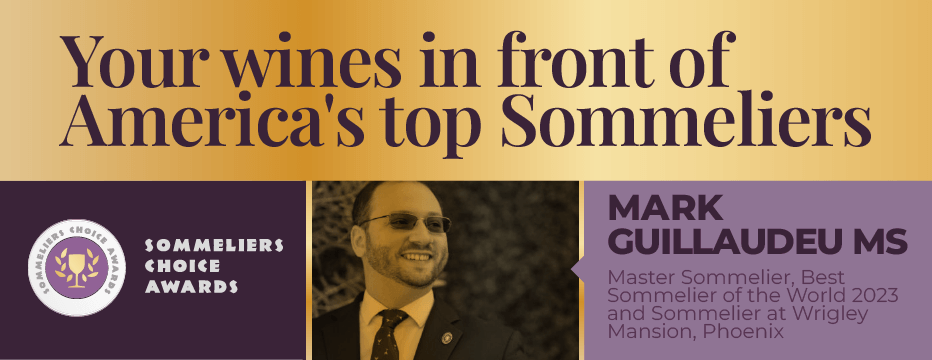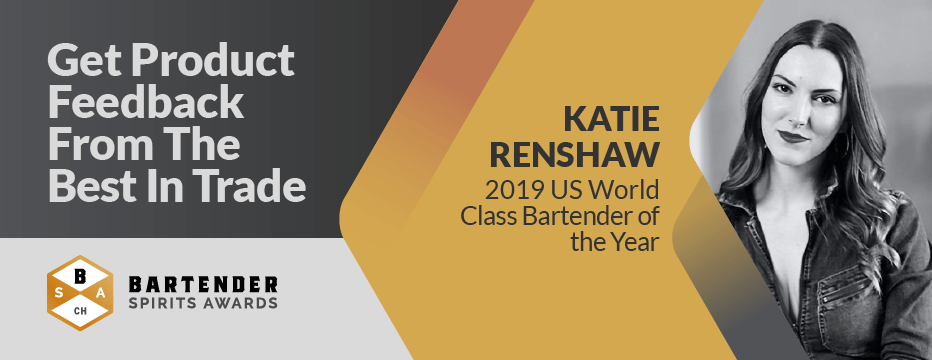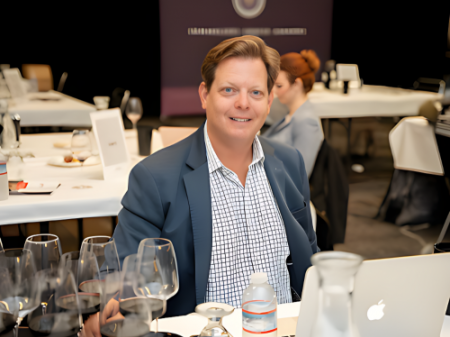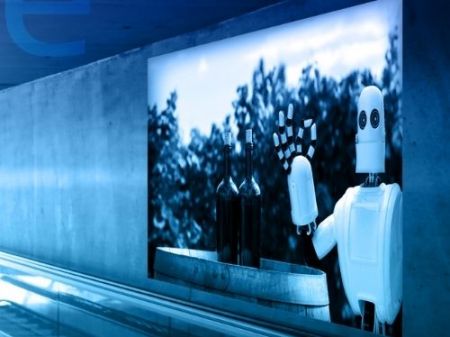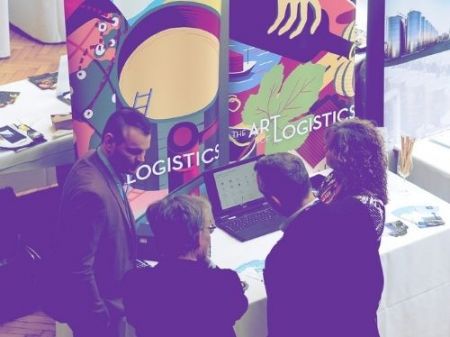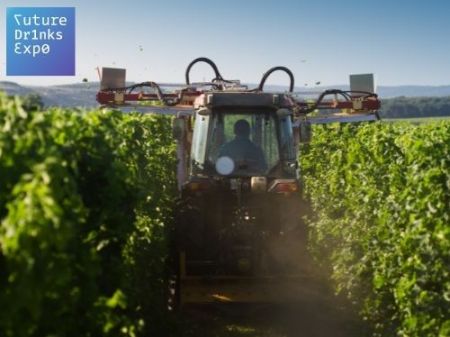Sommeliers Choice Awards 2023 Winners
The Dogpatch winery that is making synthetic wine
Ava Winery doesn’t look much like a winery. In fact, according to the government, it isn’t a winery.
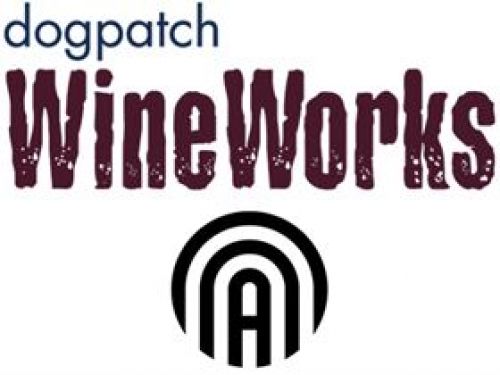
Ava Winery doesn’t look much like a winery. In fact, according to the government, it isn’t a winery.
The startup, housed in a Dogpatch warehouse, produces synthetic wine: a petri-dish cocktail of ethanol, water, sugar and various chemical compounds, made not in a vineyard but in a lab.
Although Ava’s products could be — in theory at least — chemically identical to wine, for now, the company is registering as a distilled spirits company. After all, the beverages it’s making is grape-free. They’re not fermented. You might, through a certain lens, view them as flavored vodka: pure ethanol, diluted to wine’s alcohol volume, seasoned with amino acids and chemicals like ethyl butyrate (which contributes a pineapple aroma in some wines), sotolon (can taste like caramel), methoxypyrazine (that famous green bell pepper note) and diacetyl (pure butter).
Voila: wine.
“We could make a Cab here that smells like a Moscato d’Asti,” says Alec Lee, a co-founder of Ava, as he takes me through the lab.
The lab is divided into two rooms: one for data collection, one for data execution. In the first, samples of “real” wine are put through machines that perform gas and liquid chromatography and mass spectrometry to isolate and identify their chemical makeup. This results in something of a recipe, which in the next room Ava’s team of biochemists tries to replicate with the help of a liquid-handling robot loaded up with vials of wine compounds in purified form.
Ava, which got its first round of seed funding last summer and will seek its Series A this year, hopes to be selling products by the end of 2017. This initial portfolio will likely include a Moscato d’Asti, a Cabernet Sauvignon and a Pinot Noir; so far only the Moscato prototype is close to completion.
At $2.7 million, the lead investor in Ava’s seed round was Horizons Ventures, a Hong Kong venture firm that is also a major funder of Impossible Foods, of plant-based burger fame, and Modern Meadow, which bio fabricates leather. Both Impossible Foods and Modern Meadow are proposing solutions to a fairly obvious issue: the ethics of how we use animals.
But Ava is endeavoring to replace a far less controversial kitchen staple.
The question isn’t so much whether Ava can create synthetic wine. It pretty much already has. The question, rather, is whether we need synthetic wine.
The seeds of Ava Winery were planted, so to speak, when Lee’s co-founder Madonna Chua was visiting Napa Valley’s Grgich Hills winery in 2015. There, displayed behind a glass case, was Mike Grgich’s famous 1973 Chateau Montelena Chardonnay, winner of the Judgment of Paris. What a shame, Chua thought, that so few people would ever taste that iconic wine.
“There is an inherent scarcity to these great wines,” says Lee. When you go to the Louvre to see the “Mona Lisa,” he says, it isn’t “a consumptive act.” By contrast, “to enjoy a wine, you have to destroy it.” What if instead, Lee and Chua could find a way to re-create and share these works of art?
(Sharing works of art is a long-term goal. First, they’re tackling Moscato.)
Both co-founders have backgrounds in biotechnology and were previously part of a startup working on stem cell technology. Of Ava’s nine employees, eight are chemists. The ninth, Josh Decolongon, is a sommelier.
synthetic wine would seem at odds with the belief systems of many sommeliers, and ironically, Decolongon had worked at a natural wine bar before joining Ava. “Going into this project I was scared of revealing it to my wine friends,” says Decolongon, who holds a sommelier certification and a level 4 diploma from the Wine and Spirits Education Trust.
But Decolongon feels no conflict with Ava’s vision. “Terroir and science are not mutually exclusive,” he says.
Decolongon fetches a bottle of Ava’s latest Moscato prototype, in an unmarked shiner, stopped with a cork. He pours glasses for himself, me and Lee. “We were originally trying to make a Chardonnay,” Lee says. “But it started tasting much more like a Moscato d’Asti, so we ran with that.”
The pale liquid is nearly colorless, with a few small beads of carbonation visible. As soon as it’s poured, a clamor of loud tropical fruit notes fills the room. It smells like the juice of canned peaches or packaged fruit salad. In other words, like Moscato. There’s something about the aroma that strikes me as off — a kind of powdery, plastic, orange note — which becomes more prominent on the palate. Mostly, though, it passes for wine: extremely sweet wine (it has between 130 and 170 grams per liter of sugar, moderately higher than most Moscato d’Asti), with a light effervescence (from force-carbonation). At about 7% alcohol by volume, it’s flabby, lacking acid and structure, but then again, so is a lot of Moscato.
Lee talks about creating the ultimate delicious flavor profile — what he calls “digitally optimizing wines.” Is this Moscato, saccharine and untoned, what Americans want to drink? “There’s a snobbery in wine that doesn’t correspond with people’s actual taste,” he says. “We just want to go after core flavors. Just make it taste good.”
That’s the foundation of Ava’s pitch — that the wine will taste good. But it’s not the whole pitch. The wines will be consistent, reliable, predictable, impervious to vintage variation and — for reasons that baffle even Lee and Chua — apparently immortal: A bottle of Ava wine has been open for over a year and still has not oxidized, they report. (Neither they nor I have an explanation for why this might be.)
There’s also the sustainability pitch: Ava can use an estimated 10 to 100 times less water than a traditional winery would, for starters, but the larger environmental issue is climate change. Lee cites a study estimating that U.S. premium wine grape production could shrink by 81 percent in the 21st century. Synthetic wine might not replace higher-end wines from California’s coastal areas right away, but could it replace cheaper wines from the warming Central Valley?
Read more at source: San Francisco Chronicle

